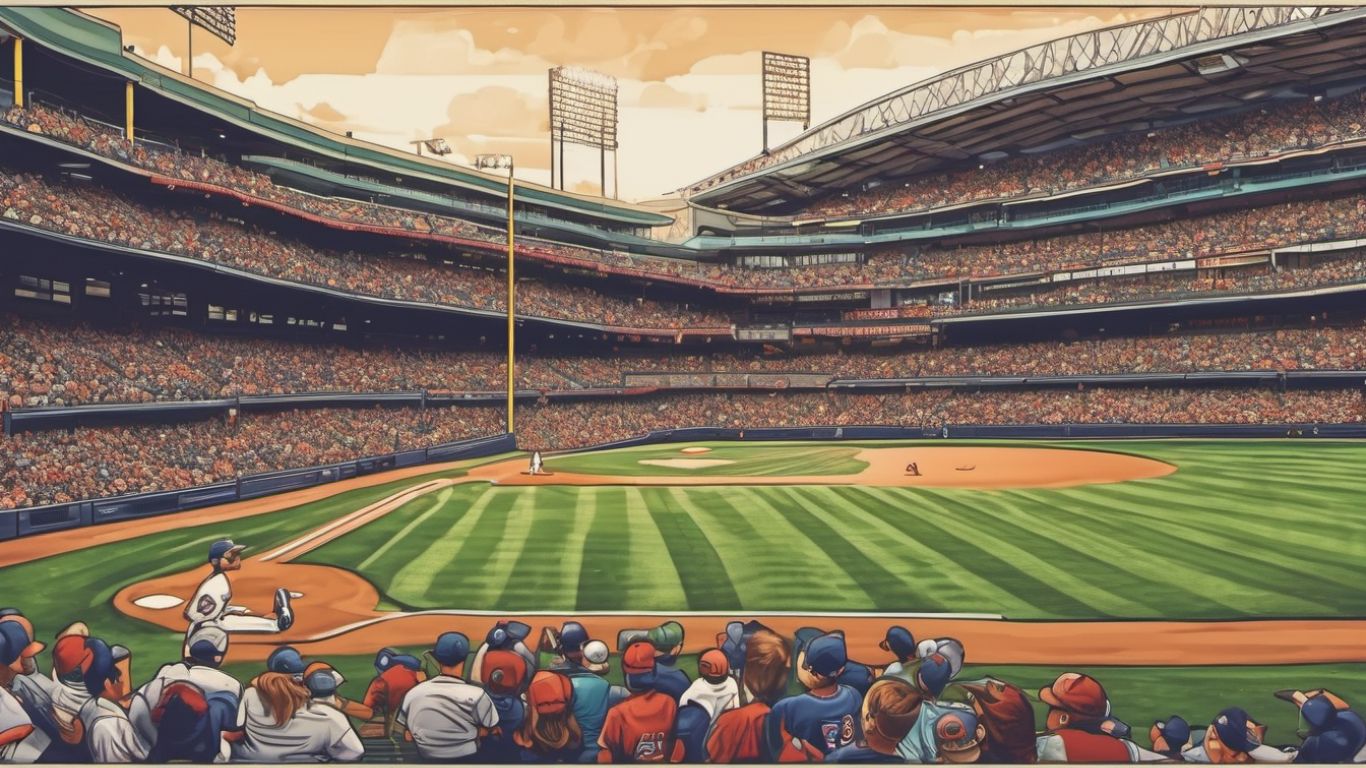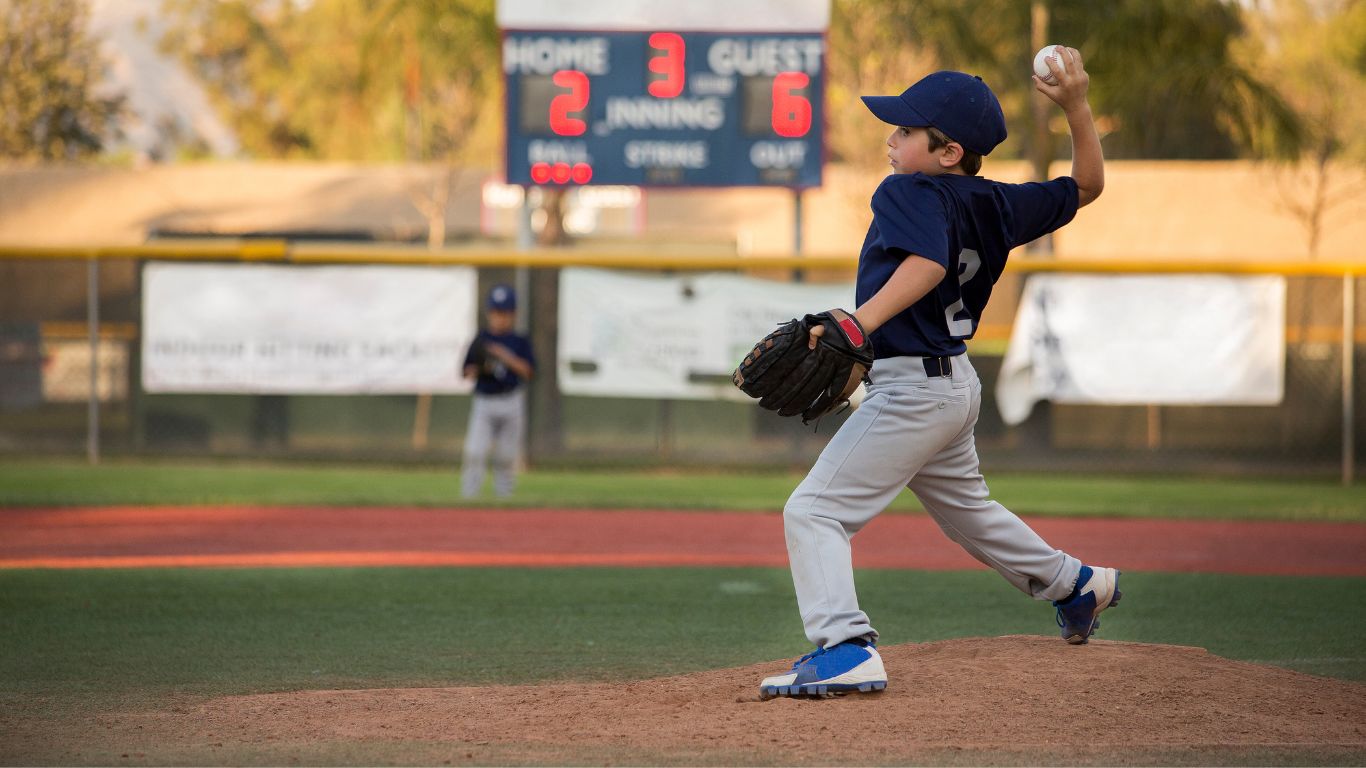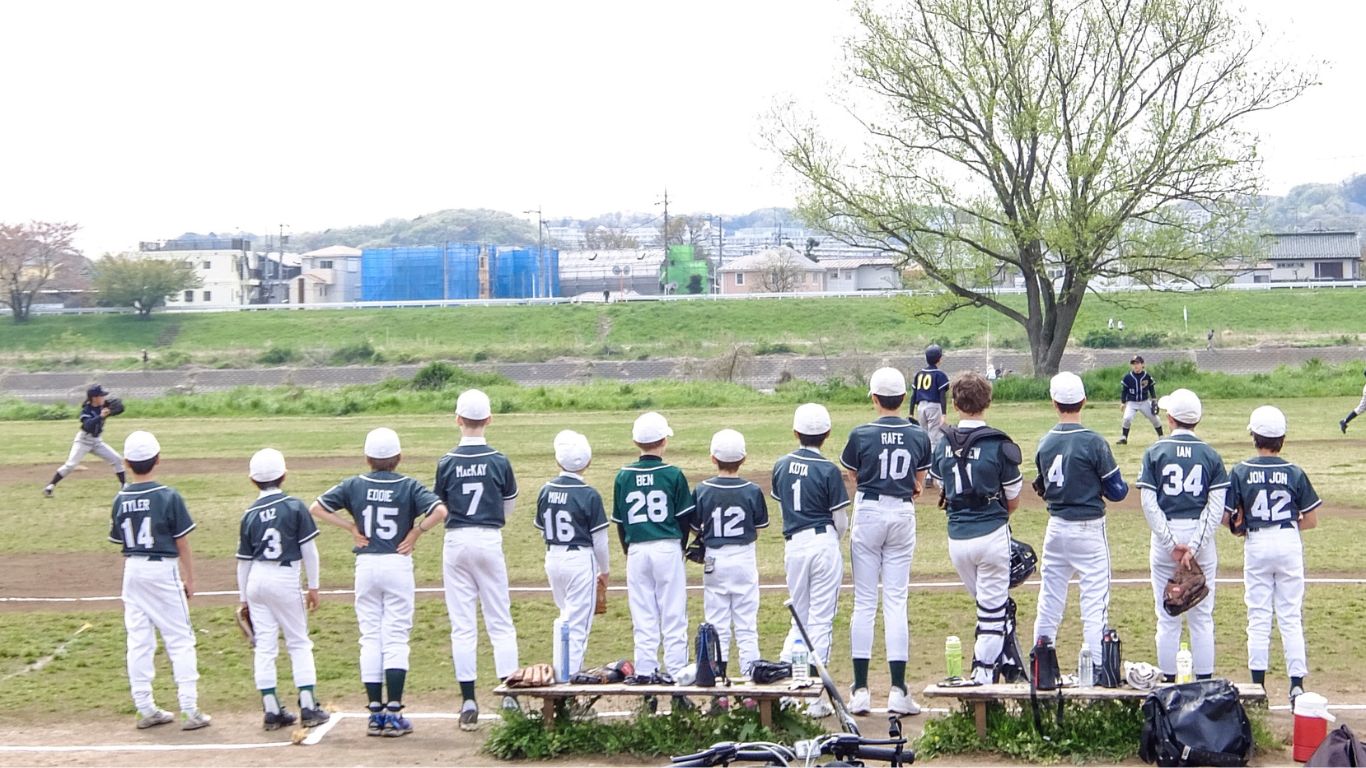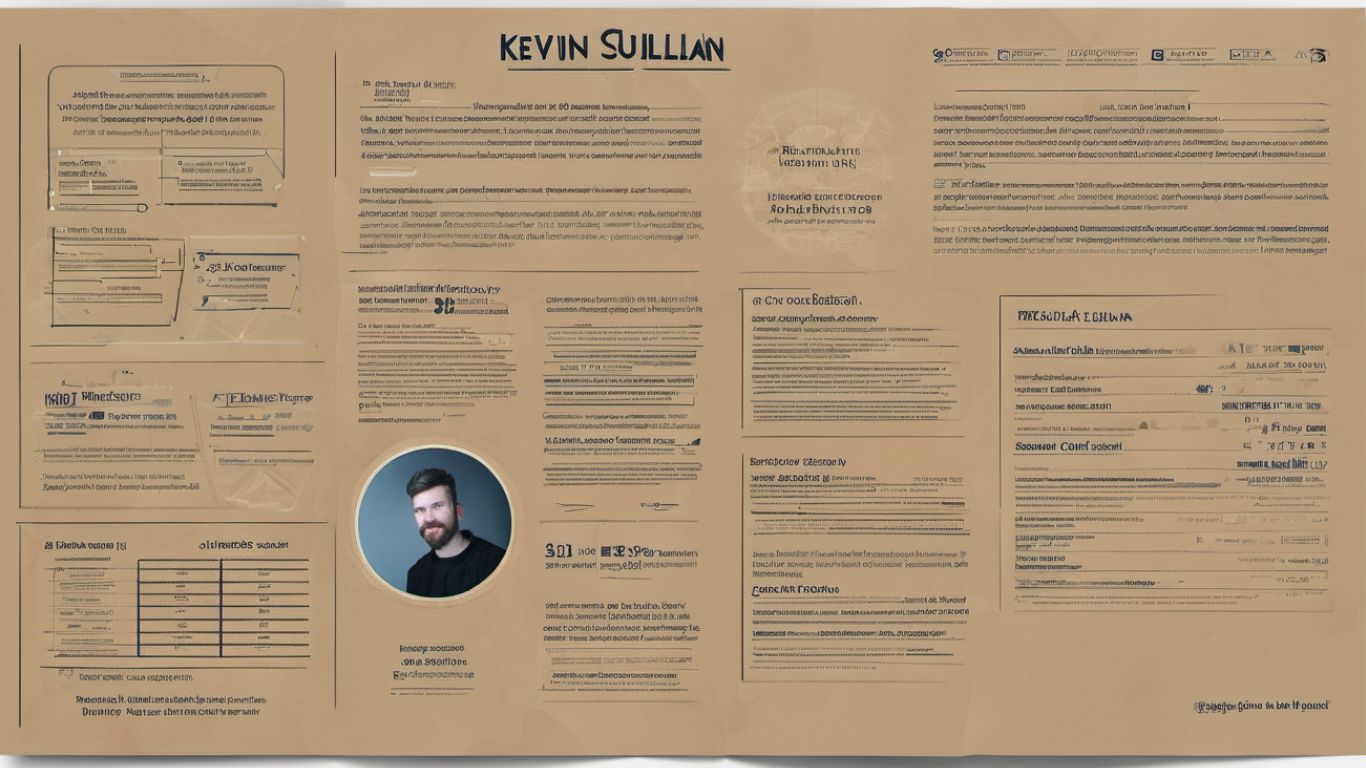A typical professional baseball game lasts approximately three hours. Minor league and collegiate games may be shorter, averaging around two and a half hours.
Baseball, America’s national pastime, captivates fans with its unfolding dramas and strategic intricacies. Games stretch over nine innings, with each inning divided into two halves: the top, where the away team bats, and the bottom, for the home team. Duration can vary significantly due to numerous factors, including the pace of play, pitching changes, and the need for extra innings if the score is tied.
Broadcasters and leagues have experimented with rule changes to speed up the game and retain fan engagement, recognizing that modern audiences desire a quicker, more dynamic experience. Avid fans and newcomers alike allocate a good portion of their day to enjoy the rhythms and rituals of a full nine-inning game, complete with hot dogs, cheering crowds, and the thrill of the seventh-inning stretch.

The Essence Of Time In Baseball
The Essence of Time in Baseball plays a unique role. Unlike other sports, time isn’t rigid in baseball. Let’s find out how innings and the absence of a clock impact the game.
Innings: The Structural Pillars
Baseball games rest on the foundation of innings. An inning is a segment of the game. There are nine in each regular game.
- Each consists of two halves.
- Visiting team bats in the top half.
- Home squad defends and pitches.
The reverse occurs in the second half. Thus, one full inning allows each team a chance to bat and field.
The Clock Doesn’t Rule The Game
This heading may surprise some sports fans. Yes, baseball doesn’t dance to the ticking clock.
- Game length varies with on-field actions.
- A running clock isn’t the master.
It’s different to sports like basketball and soccer. Here, an inning ends after three outs. It’s the outs, not time, that move a game forward.
The Clock Doesn’t Rule the Game in baseball. Outcomes are never time-bound. It’s this time-less factor that adds thrill and suspense to baseball.
Average Duration Insights
Wandering how long a baseball game lasts? You’re not alone. Several factors determine its length. Let’s look at the average duration insights of baseball games across different leagues.
Professional Leagues: The Pace Setters
Professional Leagues like MLB set the pace. An average MLB game lasts about three hours.
- The 9-inning game may include breaks
- Extra innings can extend the time
- In rare cases, games last more than four hours
Let’s delve into the details:
| Detail | Average Duration |
|---|---|
| 9-Inning Game | 3 Hours |
| Extra Innings | 4 Hours |
College And Amateur Timelines
College and amateur games differ from pro leagues. The average game time is around two hours and thirty minutes.
- Seven innings are commonly played
- Game speed can vary based on skill levels
- Fewer commercial breaks can shorten game time
Here’s a snapshot:
| Detail | Average Duration |
|---|---|
| Standard Game | 2.5 Hours |
Whether in a pro league or college, enjoy the thrilling moments of baseball!
Factors Influencing Game Length
Diving into the world of baseball, one question often arises: How long does a baseball game last? While the nine-inning structure offers a framework, the actual length of a game can vary greatly. Numerous factors interplay to determine the duration of a match, making each game unique in its time span. Let’s explore some of the key elements that influence how long players remain on the field and fans stay in the stands.
Pitching Dynamics
Pitching can significantly impact a game’s length. Quick, efficient pitchers keep the game moving, while others take more time between pitches. Starting pitchers who go deep into games can also reduce the number of pitching changes, speeding up the pace. Moreover, a high number of strikeouts and walks often lengthen the game.
Strategic Timeouts And Reviews
Strategy plays a pivotal role in baseball. Teams use timeouts for various reasons, including disrupting a pitcher’s rhythm or giving players a breather. The introduction of instant replay reviews adds another layer, as challenging plays can lead to pauses while umpires examine the footage to make the right call.
Extra Innings And Suspended Games
Sometimes nine innings can’t settle the score, leading to extra innings. These provide more baseball action but also extend the game time. In rare cases, external factors like weather may cause a game to be suspended, to be completed on another day, further altering the overall length of the event.

Credit: www.canadianbaseballnetwork.com
Historical Perspective On Game Times
Baseball games have always been a staple of American culture, evolving through time. Reflecting on the historical perspective of game times, it’s clear that various factors have shaped the duration of America’s favorite pastime. This fascinating journey through the eras reveals that how long a baseball game lasts is more than a measure of innings; it’s a reflection of society’s pace, technological advancements, and the sport’s own rule changes.
Era Comparisons: Then And Now
Looking back, 19th-century baseball games were much quicker affairs. With less commercialism and simpler rules, games often wrapped up in under two hours. As decades passed, the average game time lengthened.
| Period | Average Game Time |
|---|---|
| 1900s | 90 minutes |
| 1950s | 2 hours 30 minutes |
| 2000s | 2 hours 58 minutes |
| 2020s | Around 3 hours |
Presently, modern baseball games average around three hours, influenced by longer commercial breaks, advanced strategies, and more pitching changes. The pace has led to discussions about enjoyment versus length, balancing tradition with entertainment value.
Rule Changes And Their Impact
The duration of baseball games hasn’t just drifted on its own; intentional rule changes played a part. For instance, the introduction of the designated hitter in the American League or instant replay reviews, both added layers of complexity and time.
- Automatic Intentional Walks: Reduced game time slightly by eliminating the need to pitch four balls.
- Limit on Mound Visits: Aimed to cut down on in-game delays.
- Pitch Clocks: Proposed to keep the game moving at a brisk pace.
Each alteration brought a ripple effect, tweaking not just the length but the rhythm and experience of the game for players and fans alike.
Enhancing The Spectator Experience
Enhancing the Spectator Experience is key to enjoying baseball games. With average games taking around three hours, a major consideration is finding ways to help fans enjoy this time fully. Focusing on speeding up the game and implementing time management initiatives can make the experience more thrilling and engaging.
Speeding Up The Game
Ways to increase the pace of baseball games are important. These methods not only heighten suspense but also retain spectator interest. Let’s look at a few strategies:
- Reducing the number of mound visits: Fewer interventions means less interruptions and faster gameplay.
- Limiting pitch time: By giving pitchers less time to deliver, games can move more swiftly.
- Quick review process: Speedy decisions from officials can cut downtime dramatically.
Time Management Initiatives
Baseball leagues are constantly looking for ways to manage game duration better. Consider these proposals:
- Shorter breaks between innings: Less idle time keeps spectators entertained and the game flowing.
- Introducing a pitch clock: This ensures pitchers don’t take too long and maintains momentum.
- Limiting game stoppage: Reducing pauses creates a smooth, quick game experience.
To sum up, improving the pace and managing the time of baseball games are great ways to enhance the spectator experience. There is always something to catch your eye, ensuring you stay hooked on the game.

Tips For Planning Your Game Day
Understanding the typical duration of a baseball game is crucial for game day arrangements. Plan for an average of three hours, allowing flexibility for extra innings or delays.
When you plan to attend a baseball game, the event doesn’t boil down to the game alone. Total visit time and managing delays need consideration. This article serves as a guide to help you plan effectively.
Estimating The Total Visit Time
To estimate your total visit time, recognize two factors: game duration and pre/post-game activities.
Typically, a baseball game lasts around three hours. Yet, this tends to vary. Factors like extra innings, timeouts & breaks can extend the timeframe.
Further, include additional time for other fun activities. Stadium touring, souvenir shopping or dining at the venue consortium may add another 1-2 hours to your visit.
Managing Delays And Intermissions
Baseball games may face delays owing to weather issues or extra innings. The total delay time can span from 30 minutes to 2 hours.
- Rain delays often cause a holdup of about 30 minutes. If conditions don’t improve, teams may decide to postpone or call off the game.
- On the other hand, extra innings imply an extended playtime. Each extra inning can add about 15 minutes to the game.
For comfortable event planning, always account for such delays and intermissions. Thus, expect to spend around 4-6 hours for a thorough baseball game experience.
Keep in mind, every game varies. Yet, this estimation can serve as a basic guideline for your game plan.
Frequently Asked Questions Of How Long Is A Baseball Game
How Many Hours Is A Baseball Game?
A typical Major League Baseball game lasts about three hours. Game duration can vary due to factors like extra innings or game pace.
How Long Does It Take To Play A Mlb Game?
The duration of an MLB game can vary, but typically lasts around three hours. Factors like extra innings and weather conditions can extend play time.
How Long Did The Baseball Game Last?
The duration of a baseball game can vary, but typically it lasts around three hours. Various factors can influence this, like extra innings or weather delays.
Is Baseball 7 Or 9 Innings?
A regulation game of baseball consists of 9 innings. However, some amateur, youth, or school games may be played with 7 innings.
Conclusion
Wrapping up, the duration of a baseball game varies, averagely spanning three hours. Factors influencing this time include the teams’ performance, inning length, and time outs. But regardless, the thrilling suspense keeps fans anticipating the next play. Keep this in mind next time you mark your calendar for a baseball match!








